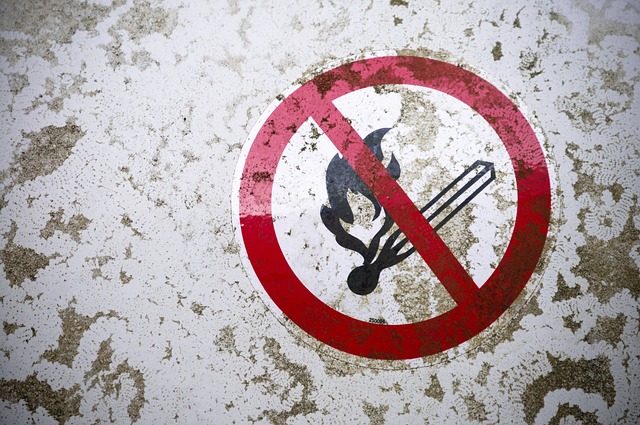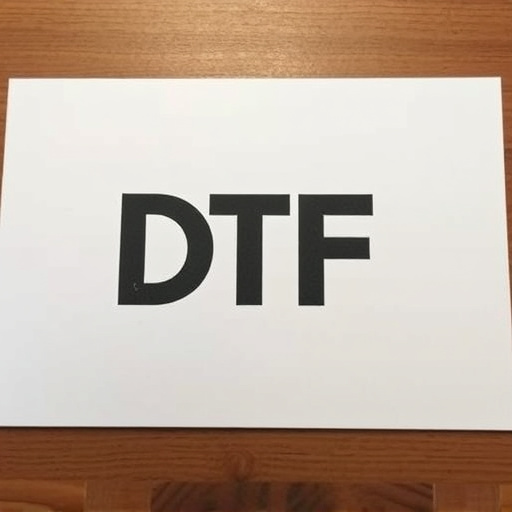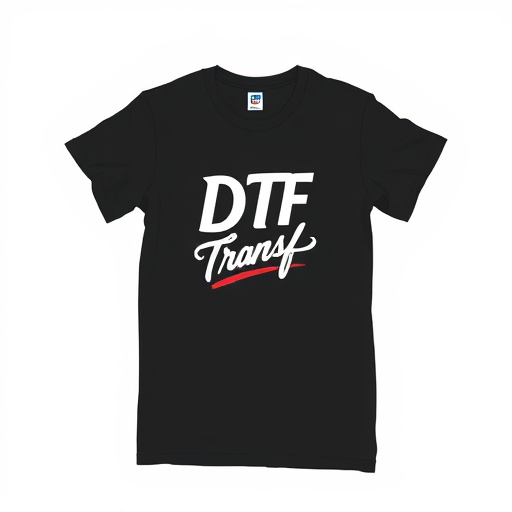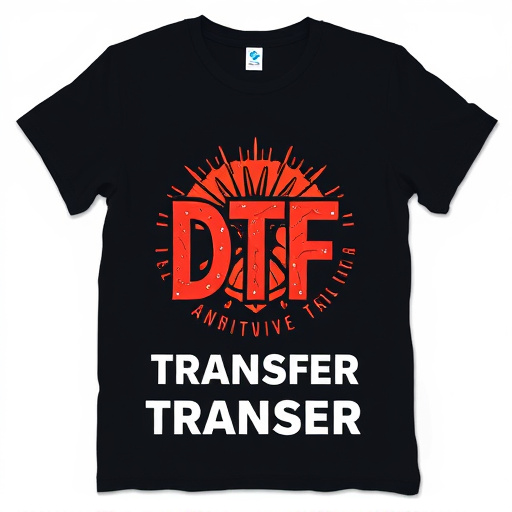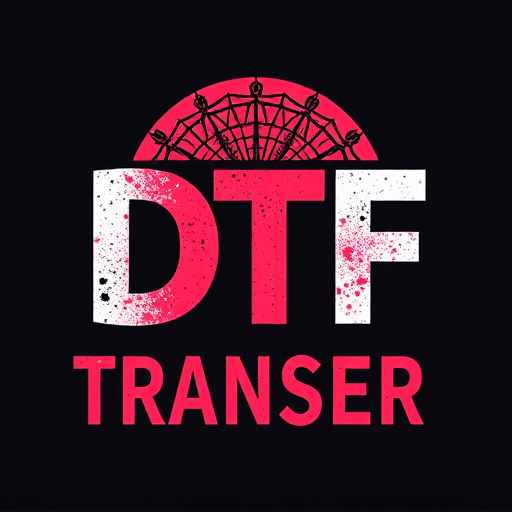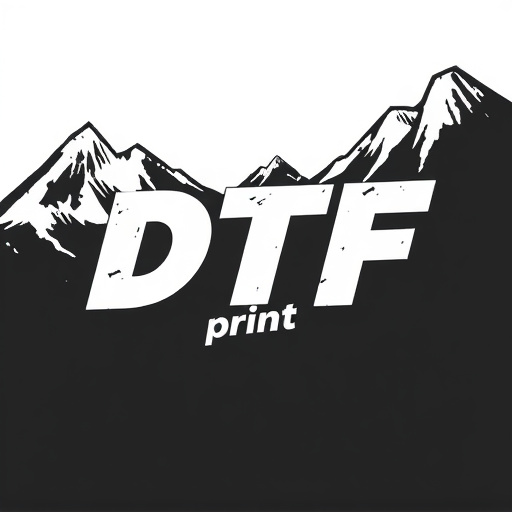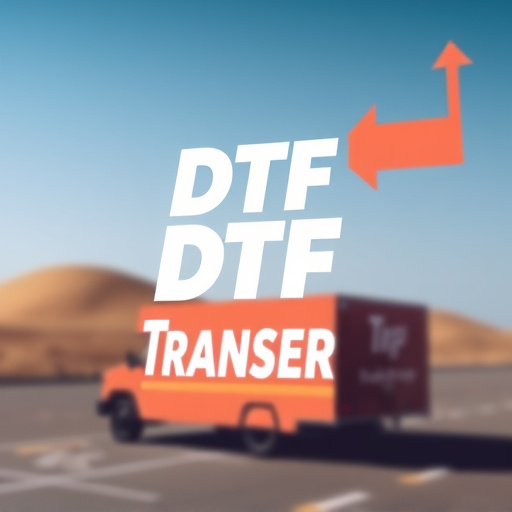Direct-to-film (DTF) transfer technology enables precise, vibrant garment printing with a streamlined process. Software design or selection is followed by printing onto high-quality film using pigment inks, which then serves as a mask for heat application to transfer the design to textiles. DTF is ideal for small-scale, unique designs and offers fast turnaround times, while heat transfer vinyl (HTV) is more versatile for bulk orders with broader color options but longer setup times. DTF excels in intricate patterns, vibrant colors, and durability, suitable for various materials from cotton to metal. Choose based on production volume, design needs, and intended use of the final products.
In the realm of custom printing, Direct-to-Film (DTF) transfers and heat transfer vinyl offer distinct approaches. This article delves into the contrasting worlds of DTF and heat transfer vinyl (HTV) printing, providing a comprehensive overview for informed decision-making. Understanding the nuances of DTF’s direct application to film versus HTV’s heat-activated process is key. From customization options to efficiency gains and print quality considerations, we explore why each method thrives in specific applications, empowering users to choose the best fit for their needs.
- Understanding Direct-to-Film (DTF) Transfer: A Comprehensive Overview
- The Heat Transfer Vinyl Process: How It Works and Its Applications
- Key Differences Between DTF and Heat Transfer Vinyl Prints
- Advantages of Direct-to-Film Transfers for Customization and Efficiency
- Considerations for Choosing Between DTF and Heat Transfer Vinyl Depending on Your Needs
- Exploring the Quality, Durability, and Versatility of DTF Prints
Understanding Direct-to-Film (DTF) Transfer: A Comprehensive Overview
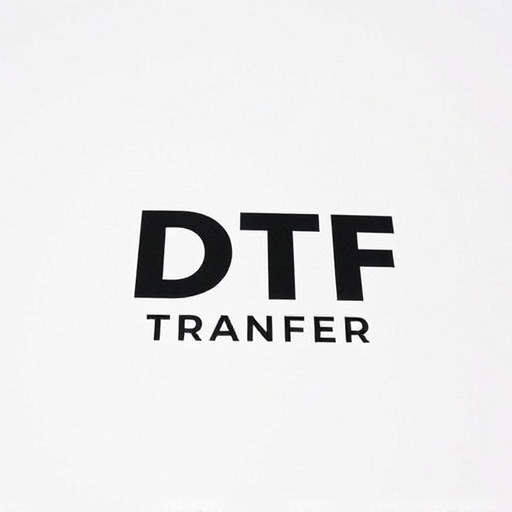
Direct-to-Film (DTF) transfer is a cutting-edge printing technology that has revolutionized the way we create and apply graphic designs, especially in the garment industry. This innovative process involves printing directly onto film, which then serves as a temporary carrier for the design before being transferred to various materials, most commonly textiles. DTF offers unparalleled precision and detail, enabling intricate patterns and vibrant colors to be replicated accurately on fabrics.
DTF Printing is a multi-step process that starts with designing or selecting an image using specialized software. The design is then printed onto a high-quality film using pigment inks, ensuring exceptional color fidelity. This film acts as a precise mask, allowing for the selective transfer of the design to the target material during heat application. The DTF Transfer process is known for its speed and efficiency, making it an attractive option for businesses looking to offer custom, on-demand printing services while maintaining superior print quality.
The Heat Transfer Vinyl Process: How It Works and Its Applications
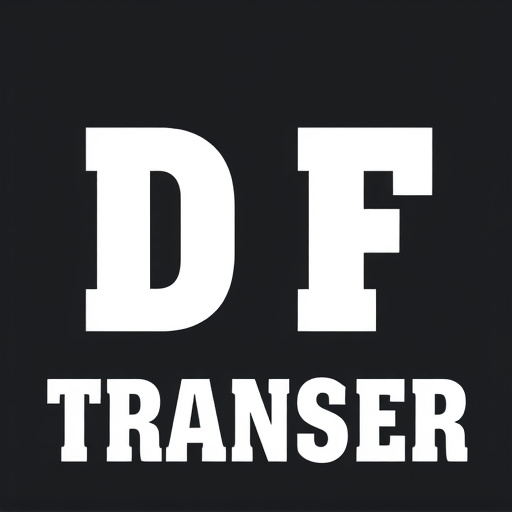
The Heat Transfer Vinyl (HTV) process is a popular method for creating custom designs on various materials, including clothing and accessories. It involves applying heat and pressure to transfer ink from a carrier sheet onto the desired surface. This technique has gained traction due to its versatility and ability to produce high-quality prints with vibrant colors and intricate details. The process starts by preparing the design digitally, ensuring it’s ready for printing. Then, a thin layer of special ink is applied to the material, typically fabric. A plastic carrier sheet with the reverse image of the design is placed on top, followed by heat and pressure being applied through a press. This causes the ink to melt and bond with the fabric, creating a permanent, durable print.
HTV is widely used for various applications. It’s a go-to for small businesses and hobbyists due to its cost-effectiveness and ease of use. T-shirts, hoodies, and caps are popular items for personalizing and promoting brands or events. The method also excels in creating custom team uniforms, allowing for individualization while maintaining a cohesive look. Moreover, DTF transfer has made inroads into the fashion industry, enabling designers to create limited-edition pieces with unique prints. With advancements in technology, DTF printing offers ever-improving quality and precision, making it a versatile option for both small-scale and large-format projects.
Key Differences Between DTF and Heat Transfer Vinyl Prints
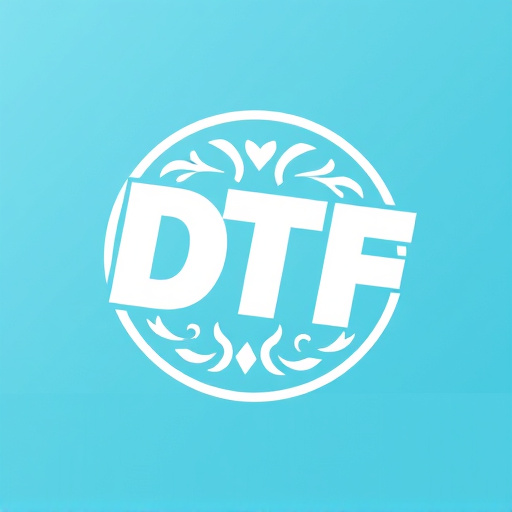
Direct-to-film (DTF) transfers and heat transfer vinyl prints are two distinct methods for creating custom garments or accessories, each with its own set of advantages and limitations. The primary difference lies in their production process and quality outcomes. DTF involves printing directly onto a specific film that is then applied to the fabric using heat and pressure. This method offers vibrant colors, crisp details, and a wide range of print possibilities on various materials, including cotton, polyester, and more. It’s an excellent choice for short-run productions or unique designs with intricate elements.
On the other hand, heat transfer vinyl (HTV) printing uses cut-out vinyl pieces that are pressed onto the fabric using heat and a press. This process allows for precise cutting, achieving clean lines and outlines. HTV is highly versatile, suitable for various fabrics and allowing for both single-color and multi-colored designs. It’s particularly favored for bulk orders or simpler graphics due to its efficiency in production and cost-effectiveness. However, it may not match DTF’s color vibrancy and detail precision on specific fabric types.
Advantages of Direct-to-Film Transfers for Customization and Efficiency
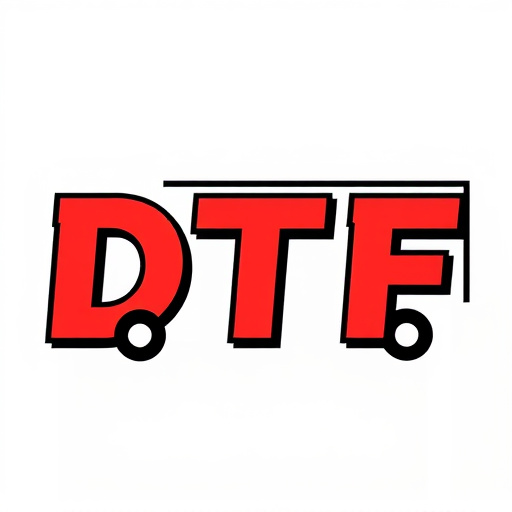
Direct-to-film (DTF) transfers offer a plethora of advantages when it comes to customization and efficiency in printing. One of its key benefits is the ability to print directly onto various types of films, allowing for a wide range of applications. This method enables designers and businesses to create unique, customized prints swiftly and with minimal hassle. Whether it’s for promotional materials, signage, or personalized gifts, DTF transfers can produce high-quality, vibrant DTF prints in no time.
Moreover, DTF Transfer technology streamlines the production process by eliminating the need for intermediate steps. Unlike traditional methods that require separate cutting and application processes, DTF directly applies the design to the film, simplifying the workflow. This efficiency not only saves time but also reduces potential errors, making it an attractive option for those seeking a fast turnaround with consistent results.
Considerations for Choosing Between DTF and Heat Transfer Vinyl Depending on Your Needs
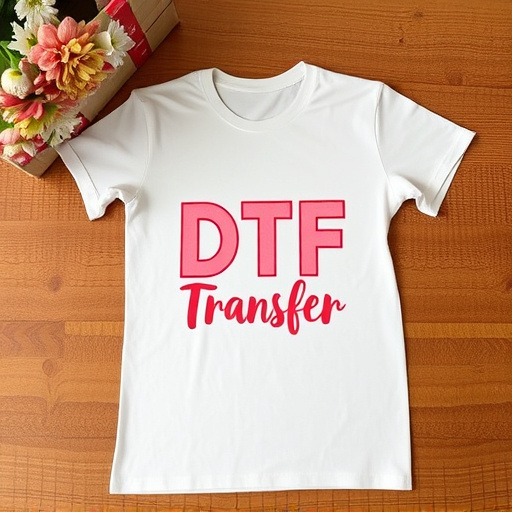
When deciding between direct-to-film (DTF) transfers and heat transfer vinyl, understanding your specific requirements is key. DTF offers a range of benefits for those looking for fast and easy DTF printing and application. It’s ideal for smaller batches, allowing for quick turnaround times and the ability to print on various materials without the need for specialized equipment. This method also provides vibrant, durable DTF prints with excellent color accuracy, making it perfect for promotional items or custom apparel.
On the other hand, heat transfer vinyl is a more versatile option suitable for larger production runs. It offers a broader range of colors and finishes, including metallic and glitter effects. Heat transfer vinyl allows for intricate design work and can be applied to a vast array of materials, from fabric to wood and metal. While setting up and preparing designs for this method might take longer, it provides consistent results and is cost-effective when producing in bulk. Consider your production volume, desired design complexity, and the types of products you intend to decorate when choosing between these two cutting-edge DTF transfer technologies.
Exploring the Quality, Durability, and Versatility of DTF Prints
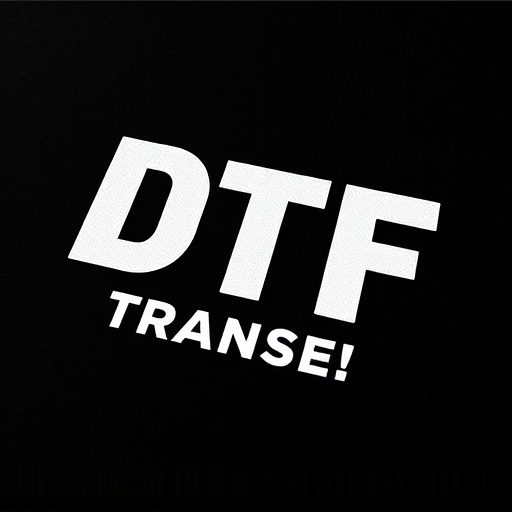
Direct-to-film (DTF) transfers have emerged as a popular choice for creating high-quality prints on various materials. When compared to traditional heat transfer vinyl, DTF offers superior durability and versatility in terms of print outcome. The process involves applying ink directly onto the substrate, resulting in vibrant colors and sharp details that rival traditional printing methods. This technique is particularly advantageous for producing complex designs, as it can handle intricate patterns and fine lines with remarkable accuracy.
One of the key benefits of DTF prints lies in their longevity. The direct application of ink ensures a more secure bond to the substrate, making DTF transfers resistant to fading, peeling, or cracking over time. This makes them ideal for items intended for prolonged use, such as apparel, accessories, and even signage. Moreover, DTF printing allows for a wide range of material compatibility, enabling creators to print on everything from cotton tees to synthetic fabrics, leather, and even wood or metal surfaces, expanding the artistic possibilities for designers and artisans alike.






